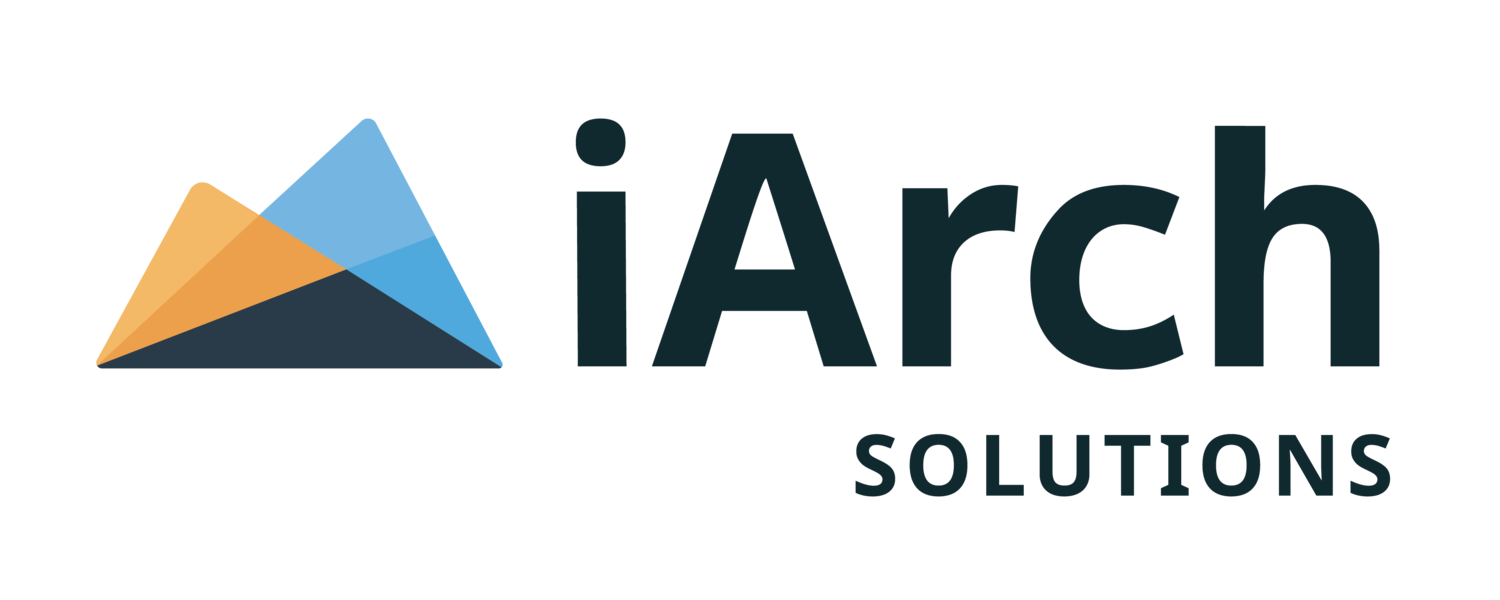Watch Webinar-Navigating the “Ins and Outs” of Patching Oracle EPM Software
Thank you to everyone that was able to attend today’s webinar. Below is the Q&A along with the recording of today’s webinar.
Q: Do you recommend modifying the configureos.properties file to only apply the specific patches or just let the opatch run?
A: You can modify the properties file that comes with the bundle patches to only apply the specific products that you know are in your environment and it's perfectly fine to do that if that's your preference. I find that to be an extra step, I just fired the thing off and it comes back and tells me what it's going to apply. All the 11.2 patches after .5 or .6 now include the -verify option and I always run with -verify, because not only will -verify tell you if the patch set is safe for your environment, it will also let you know what it's applying. So, if you see that it's going to apply to something that you think doesn't make sense then you could always go to the properties file and comment it out; but the -verify is something I highly recommend that folks use to make sure that you're applying what you think you're applying.
Q: What do you recommend if the version does not update after EPM patching in the help, about EPM?
A: The general rule of thumb is all of the information around this is built around the deployment. So, for example if I apply patch and I go into workspace help-about and it says you're on .12, and I'm like no I just applied .14. What I'll typically do in that scenario is I start with the redeployment of just foundation. Usually that's the one that's being the problem child and as I noted earlier about .13, you had to redeploy foundation anyway. Otherwise in most instances you get some weird errors but redeploying in the configuration utility foundation to WebLogic would generally fix these things. You might also have to redeploy the product in question.
Q: What are the biggest hurdles to get over when moving Hyperion on prem apps to the Cloud?
A: The biggest hurdles tend to be at the beginning of the project. There is a close symbiosis we've got to work on between the various IT teams. Let's say you were moving to OCI and you've got to align the OCI architecture and the way it works with your internal IT team. Make sure they understand it and get any of the communication points open which is always a challenge. For instance, how are we going to do the connection? Is it going to be VPN? Is going to be Fast Connect? Once we're connected what are the firewall rules and things of that nature going to be between the sites? How are we going to handle load balancers? It's all architecture engineering stuff up front and once that happens the actual build and migration is usually straightforward.
Q: For custom java properties of the deployed components/services (settings like initial memory size, for example) has the process improved in patching, or do you still need to go back after patching and reapply the desired settings?
A: For the WebLogic applications there are Min and Max heap sizes that determine how much memory a product can use. Those can change when you apply a patch, the general rule of thumb is if you're just applying a patch and the patch has no deployment then you don't have to revisit the tuning values. If on the other hand you're applying a patch and it says “redeploy foundation services, go redeploy FDMEE”, you immediately should think ok I need to go check all those values and plan on reapplying them. The reason for that is because in a Windows world when that happens you will see the screen flash by as it goes through and tries to rewrite and redeploy the service.
Q: Do any of your clients send data from Hyperion to a ‘Data Platform’ for easier use with Power BI? If so, how are they getting data out of Hyperion?
A: There isn't an easy way to do this. The reason for that is because if you're working with Essbase it has a lot of built-in functionality that's already doing calculation for you. So, the data that you're getting is in multiple levels unless you're just pulling level 0. The easiest way to do it is pulling the level zero data out as well as the planning hierarchies using the planning import export utility. Those are then getting combined into a relational view that the power BI's going to pick up and feed off of. So, we can automate the export of the Essbase data we can automate the export of the planning metadata and dimensionality and the combination of those two when plugged into a relational lays up nicely for power BI to view off of. But since the official adapters that used to exist for Tableau and Power BI have been dropped by Oracle there's no easy way to do that.
Q: If we’re interested in a patch review, can you help with that?
A: Yes, please reach out to sales@iarchsolutions.com to schedule your patch review today!
